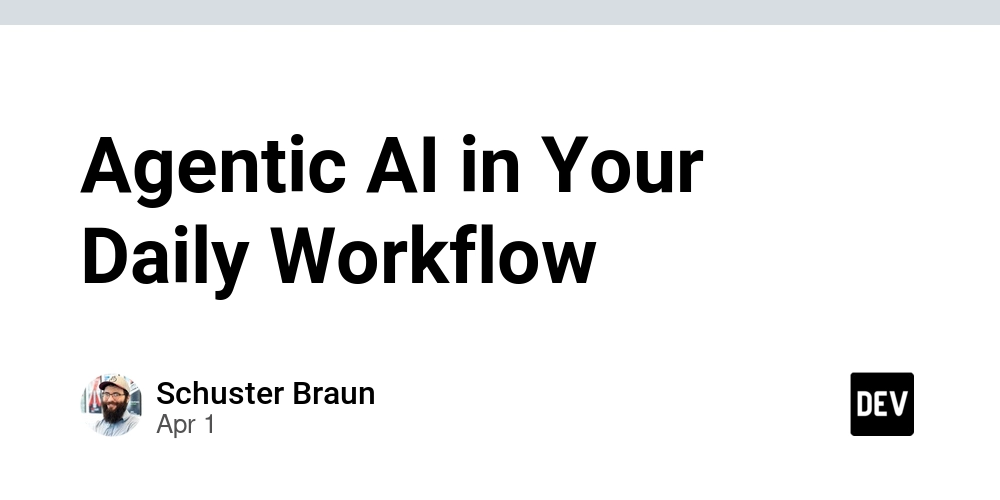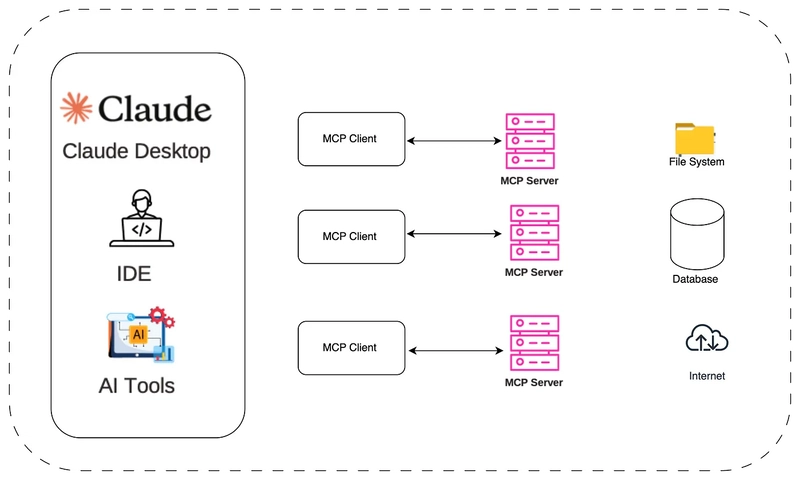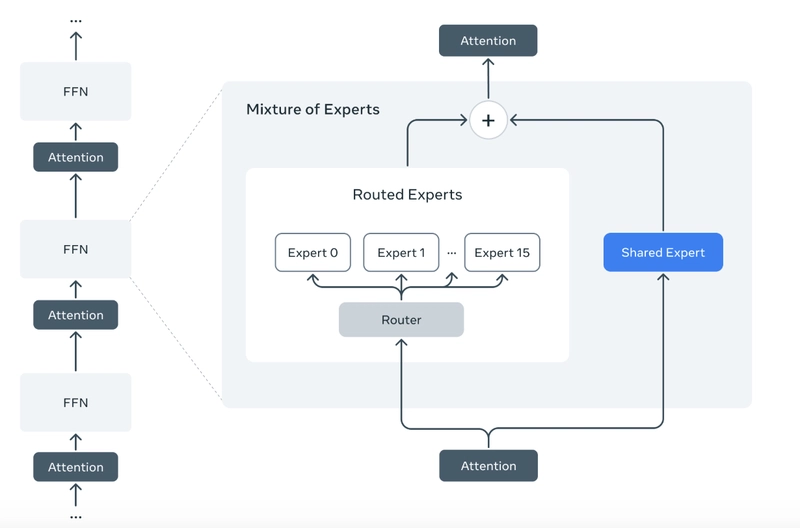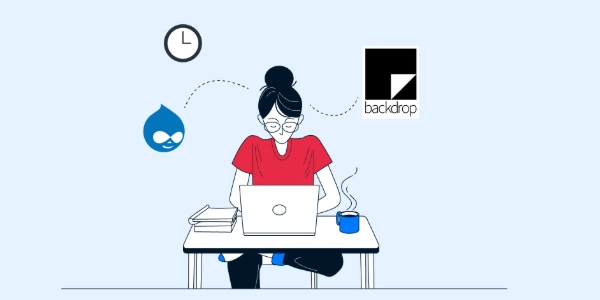Agentic AI in Your Daily Workflow
The Next Evolution in Workplace Automation Agenda (15 Minutes) Understanding Agentic AI (3 min) Benefits & Challenges (4 min) Impact on Teams & Business (3 min) Getting Started Guide (4 min) Q&A (1 min) Understanding Agentic AI Beyond passive AI: From tools that respond to tools that act What makes AI "agentic": Autonomous goal-directed behavior Key capabilities: Planning, executing, learning from feedback Examples: AI agents that schedule meetings, research topics, draft documents, and coordinate tasks without constant supervision "Agentic AI doesn't just answer your questions—it completes your tasks." Benefits of Agentic AI Integration Advanced workflow automation: Handles multi-step processes autonomously Manages coordination between different tools and systems Proactively anticipates needs and takes initiative Learns from feedback to continuously improve performance Cognitive offloading: Manages entire projects, not just individual tasks Maintains continuity across complex workflows Handles follow-ups and persistent tasks Reduces context-switching and cognitive load Challenges to Consider Implementation complexities: Setting appropriate boundaries and permissions Creating effective delegation instructions Managing agent oversight and intervention points Higher stakes for errors compared to passive AI Team adaptation: Transitioning from directing work to supervising agents Potential resistance to high-autonomy tools Need for new skills in agent management Clarifying human-agent accountability Impact on Teams & Business On work relationships: Shifts human role toward strategic direction and quality control Changes collaboration patterns (human-agent-human workflows) Creates new team roles for agent supervision and optimization Redefines productivity metrics and work evaluation Business implications: Dramatically accelerated execution capabilities Potential for 24/7 operational continuity Higher upfront investment but greater long-term efficiency New security and governance considerations Getting Started Guide 1. Assess Potential Agent Tasks (Day 1) Identify workflow sequences with clear inputs and outputs Map decision trees in your routine processes Document coordination points between systems and tools List recurring projects that follow consistent patterns 2. Select Your First Agent Implementation (Day 2-3) Start with bounded tasks: Clear scope, manageable risk Choose process-heavy work: Multiple steps, rules-based decisions Consider visibility: Select tasks where you can easily monitor results Recommended starter implementations: Research agents: AutoGPT, GPT Researcher Project coordination: Adept AI, Cognition Labs Document workflows: Mem, NotionAI Customer interaction: ChatDev, Anthropic Claude 3. Design Effective Agent Instructions (Day 4-5) Define clear objectives with success criteria Establish boundaries and permission structures Create intervention points for human review Set feedback mechanisms for continuous improvement 4. Implement Oversight Protocols (Day 6-7) Regular performance audits of agent outputs Establish verification checkpoints for critical decisions Document edge cases for future training Create escalation pathways for complex situations Measuring Success End-to-end process time reduction Human attention hours freed for strategic work Completion quality compared to human-only work Novel solutions discovered by agents Key Takeaway Successful agentic AI adoption: Focuses on systems thinking, not just individual tasks Requires clear delegation and oversight protocols Transforms your role from "doer" to "director" Maintains human judgment at critical decision points Q&A

The Next Evolution in Workplace Automation
Agenda (15 Minutes)
- Understanding Agentic AI (3 min)
- Benefits & Challenges (4 min)
- Impact on Teams & Business (3 min)
- Getting Started Guide (4 min)
- Q&A (1 min)
Understanding Agentic AI
- Beyond passive AI: From tools that respond to tools that act
- What makes AI "agentic": Autonomous goal-directed behavior
- Key capabilities: Planning, executing, learning from feedback
- Examples: AI agents that schedule meetings, research topics, draft documents, and coordinate tasks without constant supervision
"Agentic AI doesn't just answer your questions—it completes your tasks."
Benefits of Agentic AI Integration
Advanced workflow automation:
- Handles multi-step processes autonomously
- Manages coordination between different tools and systems
- Proactively anticipates needs and takes initiative
- Learns from feedback to continuously improve performance
Cognitive offloading:
- Manages entire projects, not just individual tasks
- Maintains continuity across complex workflows
- Handles follow-ups and persistent tasks
- Reduces context-switching and cognitive load
Challenges to Consider
Implementation complexities:
- Setting appropriate boundaries and permissions
- Creating effective delegation instructions
- Managing agent oversight and intervention points
- Higher stakes for errors compared to passive AI
Team adaptation:
- Transitioning from directing work to supervising agents
- Potential resistance to high-autonomy tools
- Need for new skills in agent management
- Clarifying human-agent accountability
Impact on Teams & Business
On work relationships:
- Shifts human role toward strategic direction and quality control
- Changes collaboration patterns (human-agent-human workflows)
- Creates new team roles for agent supervision and optimization
- Redefines productivity metrics and work evaluation
Business implications:
- Dramatically accelerated execution capabilities
- Potential for 24/7 operational continuity
- Higher upfront investment but greater long-term efficiency
- New security and governance considerations
Getting Started Guide
1. Assess Potential Agent Tasks (Day 1)
- Identify workflow sequences with clear inputs and outputs
- Map decision trees in your routine processes
- Document coordination points between systems and tools
- List recurring projects that follow consistent patterns
2. Select Your First Agent Implementation (Day 2-3)
- Start with bounded tasks: Clear scope, manageable risk
- Choose process-heavy work: Multiple steps, rules-based decisions
- Consider visibility: Select tasks where you can easily monitor results
-
Recommended starter implementations:
- Research agents: AutoGPT, GPT Researcher
- Project coordination: Adept AI, Cognition Labs
- Document workflows: Mem, NotionAI
- Customer interaction: ChatDev, Anthropic Claude
3. Design Effective Agent Instructions (Day 4-5)
- Define clear objectives with success criteria
- Establish boundaries and permission structures
- Create intervention points for human review
- Set feedback mechanisms for continuous improvement
4. Implement Oversight Protocols (Day 6-7)
- Regular performance audits of agent outputs
- Establish verification checkpoints for critical decisions
- Document edge cases for future training
- Create escalation pathways for complex situations
Measuring Success
- End-to-end process time reduction
- Human attention hours freed for strategic work
- Completion quality compared to human-only work
- Novel solutions discovered by agents
Key Takeaway
Successful agentic AI adoption:
- Focuses on systems thinking, not just individual tasks
- Requires clear delegation and oversight protocols
- Transforms your role from "doer" to "director"
- Maintains human judgment at critical decision points









































































































































































![[The AI Show Episode 142]: ChatGPT’s New Image Generator, Studio Ghibli Craze and Backlash, Gemini 2.5, OpenAI Academy, 4o Updates, Vibe Marketing & xAI Acquires X](https://www.marketingaiinstitute.com/hubfs/ep%20142%20cover.png)


























































































































![[FREE EBOOKS] The Kubernetes Bible, The Ultimate Linux Shell Scripting Guide & Four More Best Selling Titles](https://www.javacodegeeks.com/wp-content/uploads/2012/12/jcg-logo.jpg)



![From drop-out to software architect with Jason Lengstorf [Podcast #167]](https://cdn.hashnode.com/res/hashnode/image/upload/v1743796461357/f3d19cd7-e6f5-4d7c-8bfc-eb974bc8da68.png?#)







































































































.png?#)




.jpg?#)
































_Christophe_Coat_Alamy.jpg?#)
 (1).webp?#)








































































































![Rapidus in Talks With Apple as It Accelerates Toward 2nm Chip Production [Report]](https://www.iclarified.com/images/news/96937/96937/96937-640.jpg)







































































































































